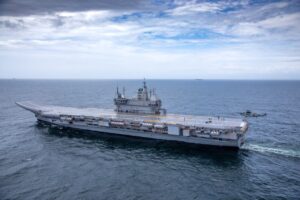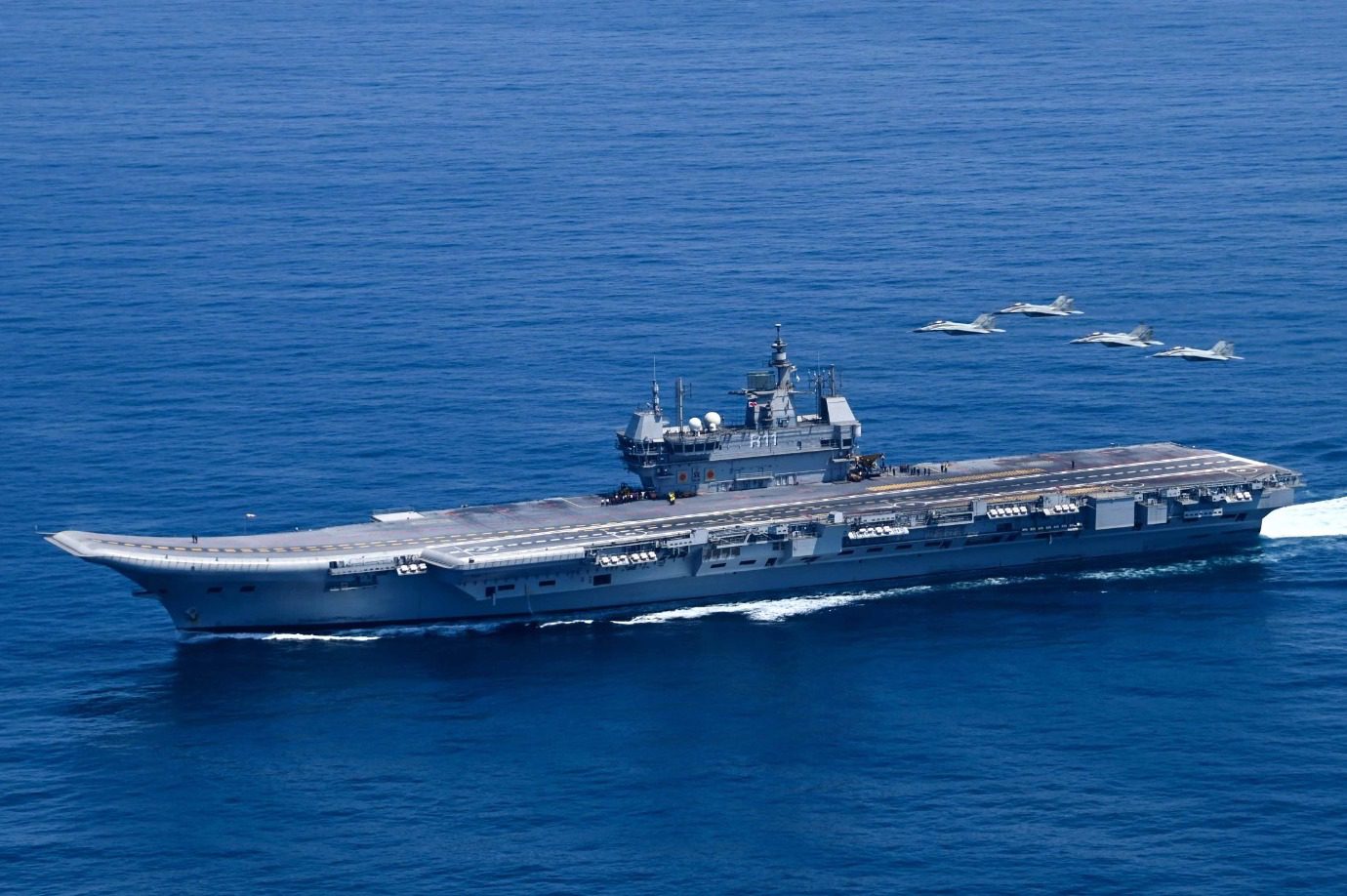Indian Navy’s Strategic Diversification: The Rolls-Royce MT30 and IAC-2
The Indian Navy is rapidly expanding its naval capabilities and is exploring new technologies and partnerships to power its future aircraft carriers. One such initiative is the potential use of Rolls-Royce Marine Trent MT30 engines for the IAC-2 Aircraft Carrier, a significant departure from the American LM2500 marine engines used in the previous IAC-1 (INS Vikrant) . This decision to diversify from key American components is a strategic move that showcases India’s commitment to indigenous development and technological self-reliance.
Rolls-Royce MT30: A Powerful and Efficient Choice
The Rolls-Royce MT30 is a marine gas turbine engine that offers several advantages over the LM2500 marine engines:
- Commonality with the Trent 800: The MT30 shares 80% commonality with the Trent 800, the engine for the Boeing 777, making it a more familiar technology for the Indian Navy.
- Power and Efficiency: The MT30 has a maximum power rating of 40 MW and a minimum efficient power of 25 MW, providing superior performance and operational flexibility.
- Proven Track Record: The MT30 has been successfully used in various naval platforms, including the UK’s Queen Elizabeth-class aircraft carrier and South Korea’s Daegu-class frigates.

Indian Navy’s IAC-2: A Stepping Stone for Indigenous Development
The Indian Navy’s IAC-2 (INS Vikramaditya) is a significant step towards indigenous development and self-reliance in naval technology. The IAC-2 will be larger and better equipped than the IAC-1, with a focus on improved capabilities and reduced construction time. The decision to use Rolls-Royce MT30 engines instead of LM2500 marine engines demonstrates India’s commitment to diversifying its technology sources and reducing dependence on foreign technologies.
Strategic Implications of Diversification
The Indian Navy’s decision to diversify its aircraft carrier technology has several strategic implications:
- Technological Self-Reliance: By using Rolls-Royce MT30 engines, India can reduce its dependence on American technology and develop a more indigenous approach to naval power
- Cost Savings and Sustainability: The MT30 engines are known for their lower maintenance costs and longer lifespan compared to the LM2500 marine engines. This could lead to cost savings and improved sustainability for the Indian Navy.
- Deepening International Partnerships: India’s diversification in aircraft carrier technology can strengthen its partnerships with countries like the UK, South Korea, and Australia, which also use Rolls-Royce MT30 engines in their naval platforms.
The Indian Navy’s decision to use Rolls-Royce Marine Trent MT30 engines for the IAC-2 Aircraft Carrier marks a significant step towards indigenous development and technological self-reliance. By diversifying from key American components, India is demonstrating its commitment to reducing dependence on foreign technologies and fostering international partnerships in naval power. This move is expected to pay dividends in the form of improved capabilities, cost savings, and enhanced strategic ties with key global partners.
